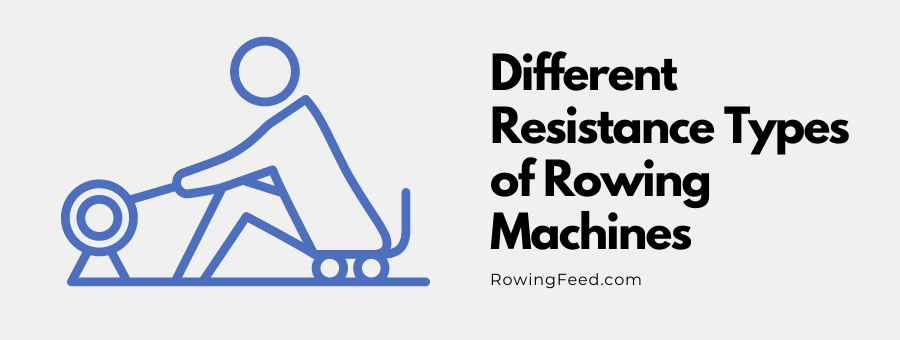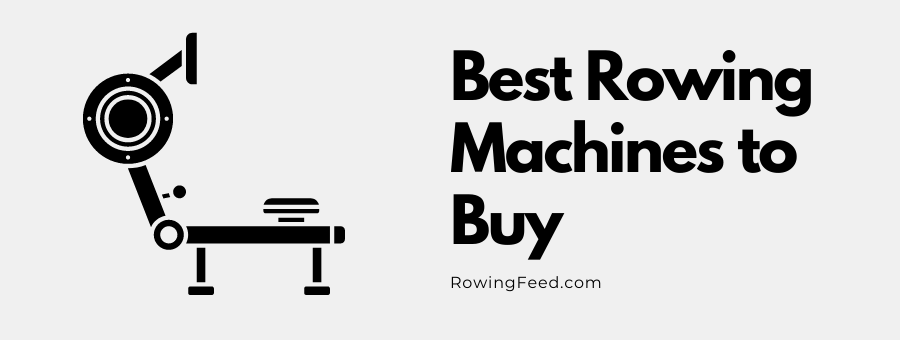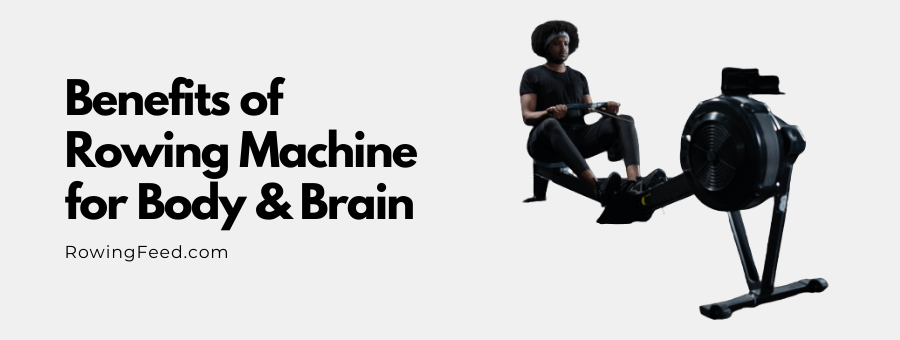Rowing machines or ‘ergs’ are mainly classed by the type of resistance they offer. And there are four main types of resistance offered on rowing machines – air, hydraulic, water and magnetic.
An indoor rower works when you pull the handle and slide back on the machine. In the starting phase, the resistance is set low to let you row faster and with ease. Gradually increasing the resistance tends to require harder muscle work with a slower stroke rate and a harder pull.
Sometimes it gets tricky to decide when it comes to choosing the best type of rowing machine for your needs. So I decided to cover this topic in a post.
Air Resistance
Air resistance indoor rower models use fan-like air-fins on the flywheel to generate resistance. As you row faster, it gets harder to pull the bar and resistance increases gradually. There’s a vent on the flywheel which can be adjusted to increase or decrease the resistance generated by the machine.
The resistance is measured by a tachometer based on the acceleration and deceleration of the flywheel, which is given by the moment of inertia. Air Resistance models are used by many sports rowers and also, the best-selling rowing machine Concept2 Model D is an air resistance type.
Water Resistance
If you really want to replicate the feeling of outdoor rowing on a river, then this type of indoor rower is the best choice for you. The resistance is produced by paddled water in an enclosed tank. The mass and drag of moving water generate resistance for the machine and the user. The faster you row, the more resistance you generate.
Water rowing machines are quite popular compared to other types, but there’s a downside to this resistance type – the need for water, which makes it heavy and less portable.
Hydraulic Resistance
Piston resistance is generated by hydraulic cylinders attached to the handlebars of the machine. The length of the handlebars is adjustable to the user so that you can control the resistance generated by pistons, and obviously, the length remains fixed during exercise.
But this makes it less accurate because sometimes the user adjusts the bars to a distinct length which may lead to an off combination. That’s why this type of rowing machine is priced much lower.
Magnetic Resistance
In this type, the resistance is generated by electromagnets which make the functioning silent. Generally, magnetic rowers are more compact than water and air rowers.
But there’s also a downside to this type. The resistance is generated by electromagnets so the resistance remains constant whether you row fast or slow, which isn’t an actual simulation of real rowing, where resistance increases with pace. But still, magnetic rowing machines are one of the widely used types of rowing machines, especially in homes, because of their portability and silent functioning.
I hope you find this post helpful and are ready to make the perfect purchase of your first rowing machine. I personally recommend you check out my in-depth full comparison review of the best rowing machines.


